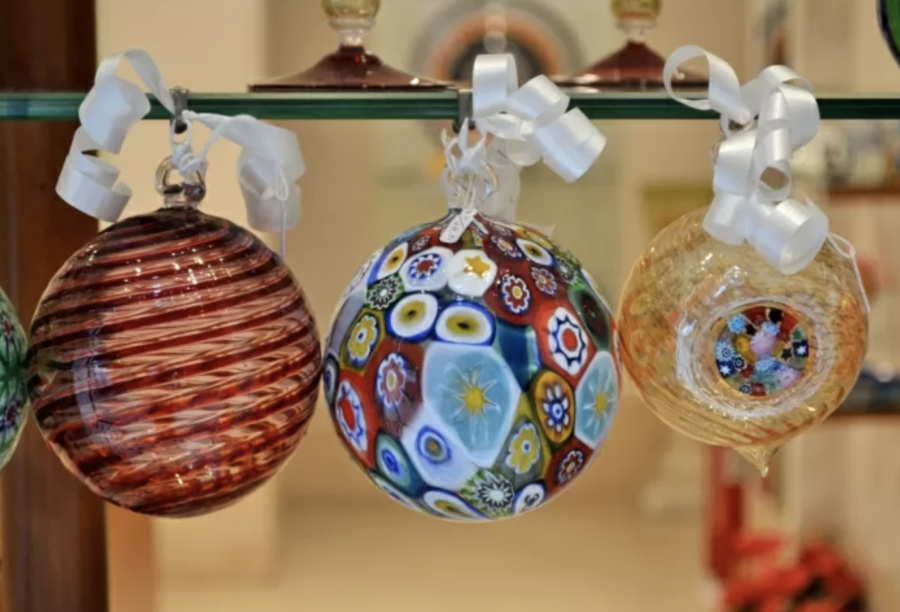
When it comes to decorating for the holidays we all have our cherished traditions. These are often passed down from generation to generation, signifying the many prized memories we’ve gleaned over the years and hold dearly in our hearts. And while these traditions may seem specific to us and our families, there are commonalities we share as Americans in how we decorate our homes for the holiday — whether or not we are aware of them. Just like our own traditions, there are countries throughout the world celebrating Christmas that have decorative traditions that are unique to these cultures. Traditions that we might find strange, yet at the same time are wonderful in their individual creative expression. Here are some of them:
1. Night of the Radishes in Mexico
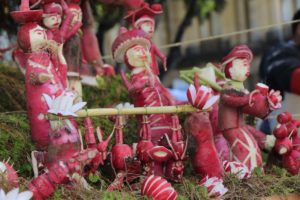
There is a holiday festival in Oaxaca, Mexico, held each year on 23rd of December, where elaborate displays made of intricately carved radishes are presented as part a holiday competition. The tradition began in the late 19th century as a way for farmers to attract customers to their Christmas market. People either purchase the displays or, if they’re ambitious, carve their own to use as centerpieces for the Christmas table.
2. Angels in Italy
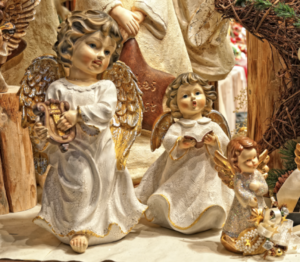
In Italy it is common to display groups of porcelain and ceramic angles throughout the house. This tradition draws from the nativity scene, in which angelic heralds announce the birth of the Christ-child. Many of these decorative figurines, with their plump cherubic shapes, flowing robes, and musical instruments, are family heirlooms that have been passed down for generations. While the presepe (crèche) is perhaps the most popular among the Italian Christmas decorations, our personal favorite is the hand-blown glass ornaments from the island of Murano in Venice (see featured image). These strikingly beautiful globes, with their busy kaleidoscope of colors, are a beautiful addition to any Christmas tree.
3. Cobwebs in the Ukraine
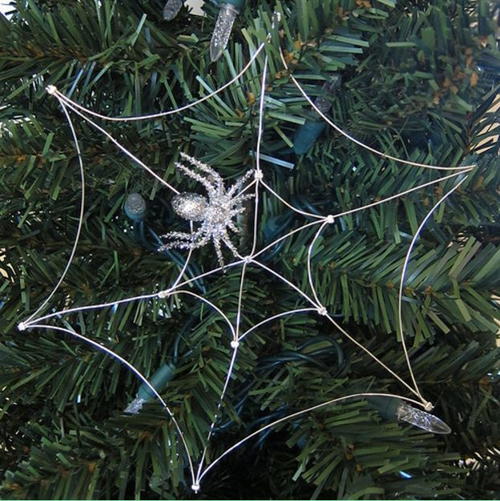
This decorating tradition springs from an Eastern European folktale about a family of children who plant a pinecone in the earthen floor of their humble cottage, hoping it will grow into a Christmas tree. With care and nurturing a tree does eventually grow, but the family is far too poor to afford any ornaments with which to decorate it. Then, on Christmas morning, the children awake to find the tree is covered in cobwebs. When they open the windows to let in the morning light, the webs are miraculously transformed into threads of silver and gold. The family is instantly filled with Christmas joy and, of course, now rich beyond their wildest dreams. In celebration of this holiday tale, Ukrainians decorate their trees with spider ornaments and glittering webs. They believe this will bring luck in the new year. Some say the tradition of using tinsel to decorate trees stems from this same folktale.
4. From Pickles to Pyramids in Germany
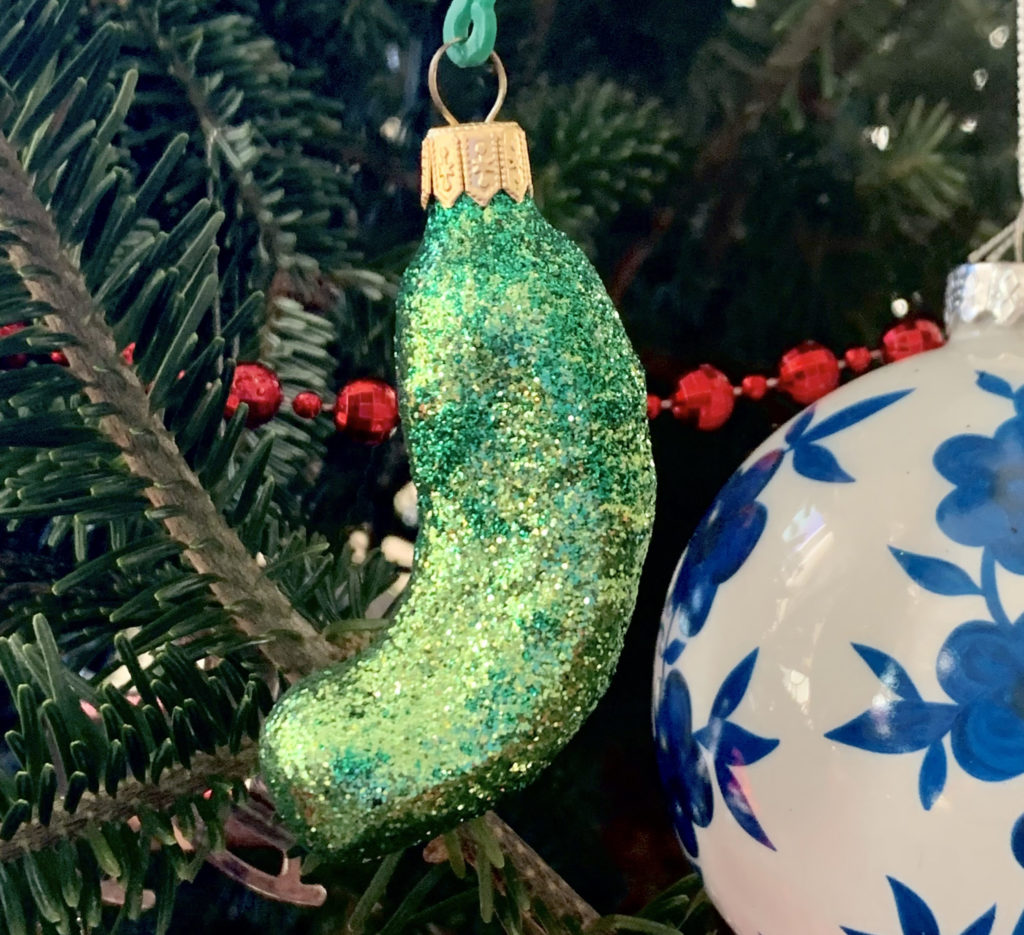
In Germany it is beloved tradition to hide a pickle ornament in the tree. The first child that finds the pickle receives an extra present. This is a tradition that our own family has adopted. Years ago, our mother came across this odd-seeming ornament in a Christmas shop and was told by the shopkeeper about the tradition. These days, the grandchild enjoy competing on Christmas Eve to see who can find the pickle first. Another unique German tradition, one that comes from region of Saxony, is the Christmas Pyramid. They were first created as a low-cost substitute for live-trees back in the 1700s. These multi-tiered wood structures bear candles and depict colorful Christmas scenes. They typically have windmill-like fans on top that spin as the hot air rises from the lit candles – German engineering on display even in a Christmas decoration.
5. El Caganer (“The Pooper”) of Spain
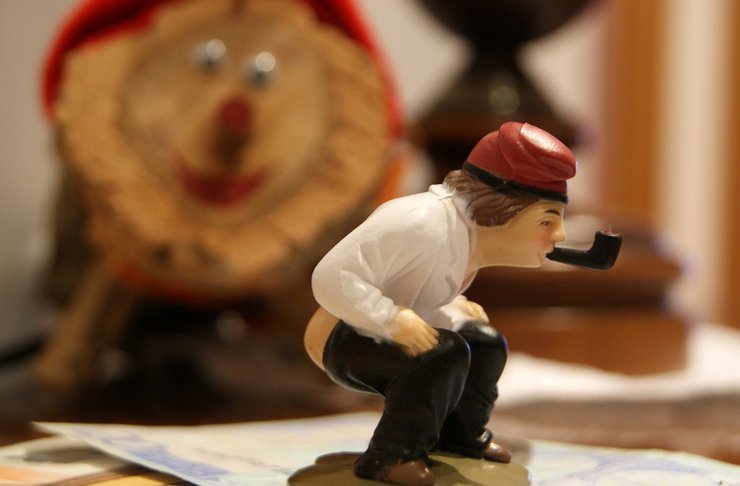
Believe it or not, it is a long tradition in Catalonia to add a red-capped peasant figurine to one’s nativity display. As his name graphically implies, El Caganer is posed in the act of relieving himself in the manger, near the baby Jesus. How this decorative tradition came about is not fully unknown, although historians speculate it may somehow symbolize fertility and fortune in the coming year. Others say he represents the mischief in all of us, and serves as a counterpoint to the sacredness of the scene taking place around him.
6. Fruit Trees in India
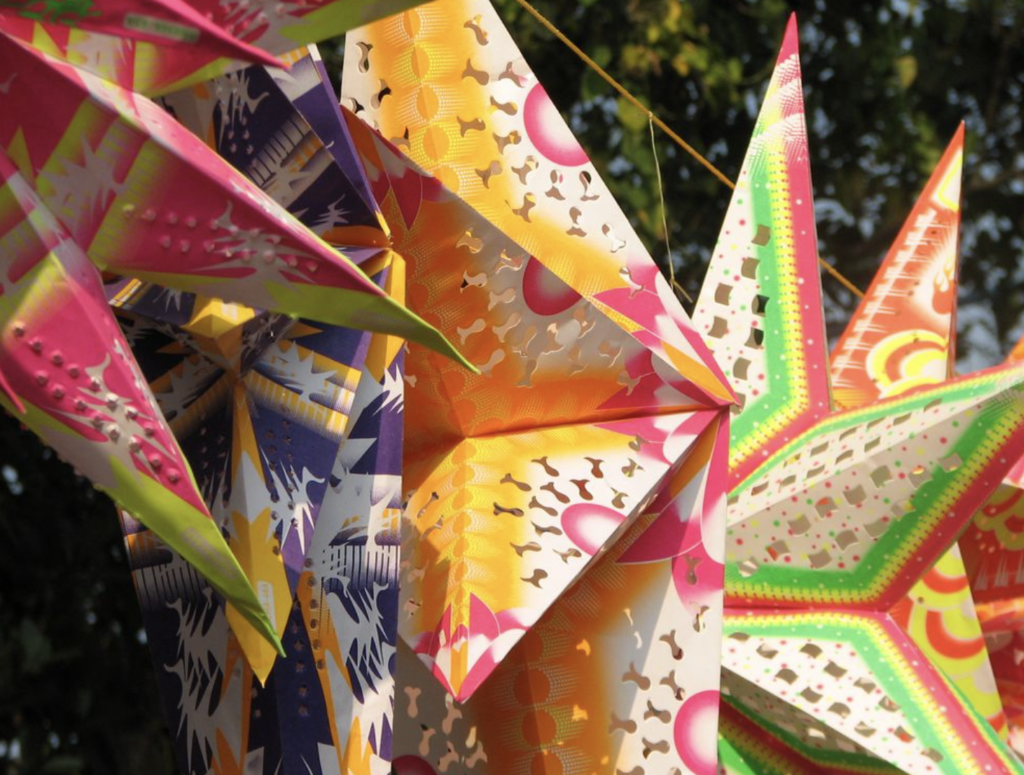
It is not unusual in warm-climate countries, where pine and fir trees are not easy to come by, to substitute them with more commonly found trees. In Indian, for example, it is traditional to decorate a mango or banana tree in place of a fir. The leaves from these two fruit trees are also used in other forms of Christmas decoration, such as garland around a doorway or along a banister.
7. The Finnish Himmeli
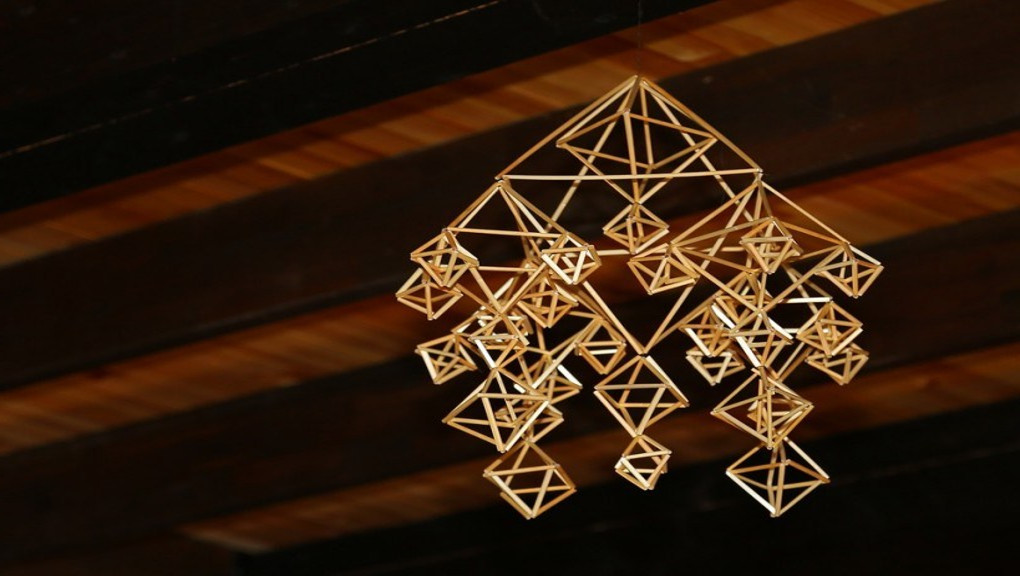
In Finland it is customary to hang beautiful, geometric-patterned decorations made of folded straw, known as himmeli. They were traditionally considered symbols of luck for coming harvest, but have since become a revered sign of Nordic pride and heritage on the Christmas holiday.
8. Greek Goblins and Fishing Boats
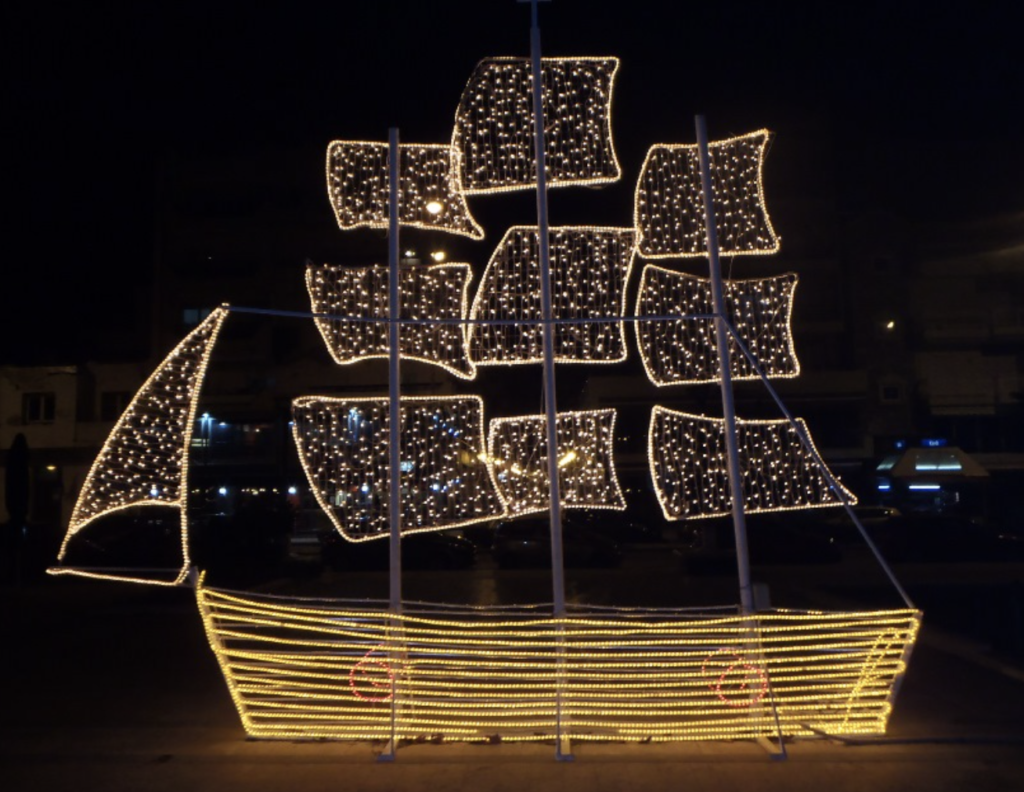
The Greeks have their own special holiday traditions when it comes to decorating. To start, they believe that placing a kitchen colander outside their door will protect them against the mischievous Kallikantzari, a legendary goblin who comes out on Christmas to play tricks on the unwary. Apparently, this goblin becomes distracted counting all the holes in the colander and has little time left for mischief. In a land known for seafaring fisherman, it’s no surprise there’s a tradition of decorating ships and fishing boats. These sizeable displays are found in center plazas, and more modest versions as centerpieces at homes. The custom, known as Karavakia, derives from an older tradition where sailing vessels were decorated upon their safe return after a long and arduous sea voyage.
9. Cotton Balls in Argentina
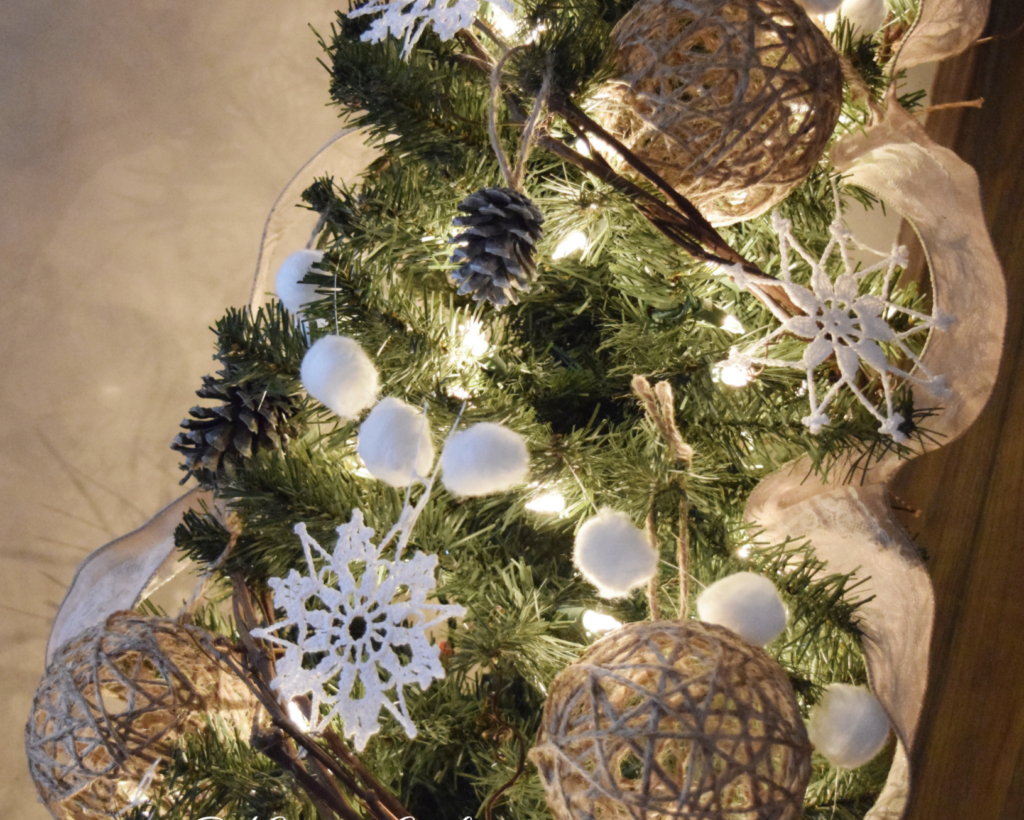
It’s a common custom in Argentina to decorate the Christmas tree with cotton balls. The idea being, of course, that the cotton balls represent snow — something not often seen in this South American country.
10. Paper Baskets in Norway
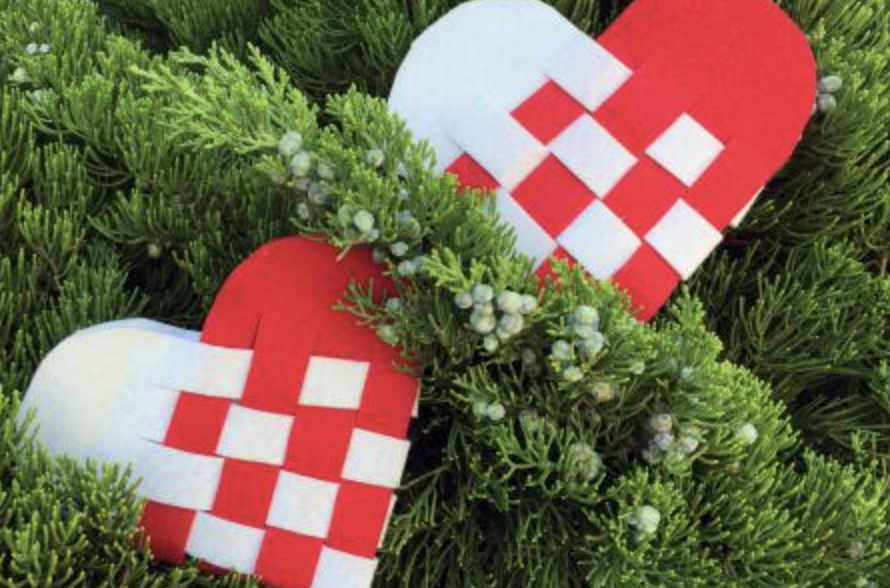
The Julekurver Baskets are a traditional decoration found at Christmas in Norway. These are small, heart-shaped baskets made of colorful woven paper, and filled with candy or nuts. They’re also a popular home-craft among children during the holiday season.
From our traditions to yours, may they bring you joy this holiday season.
Happy Holidays!
Kimberly & Jeff


